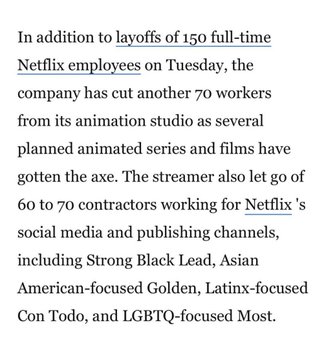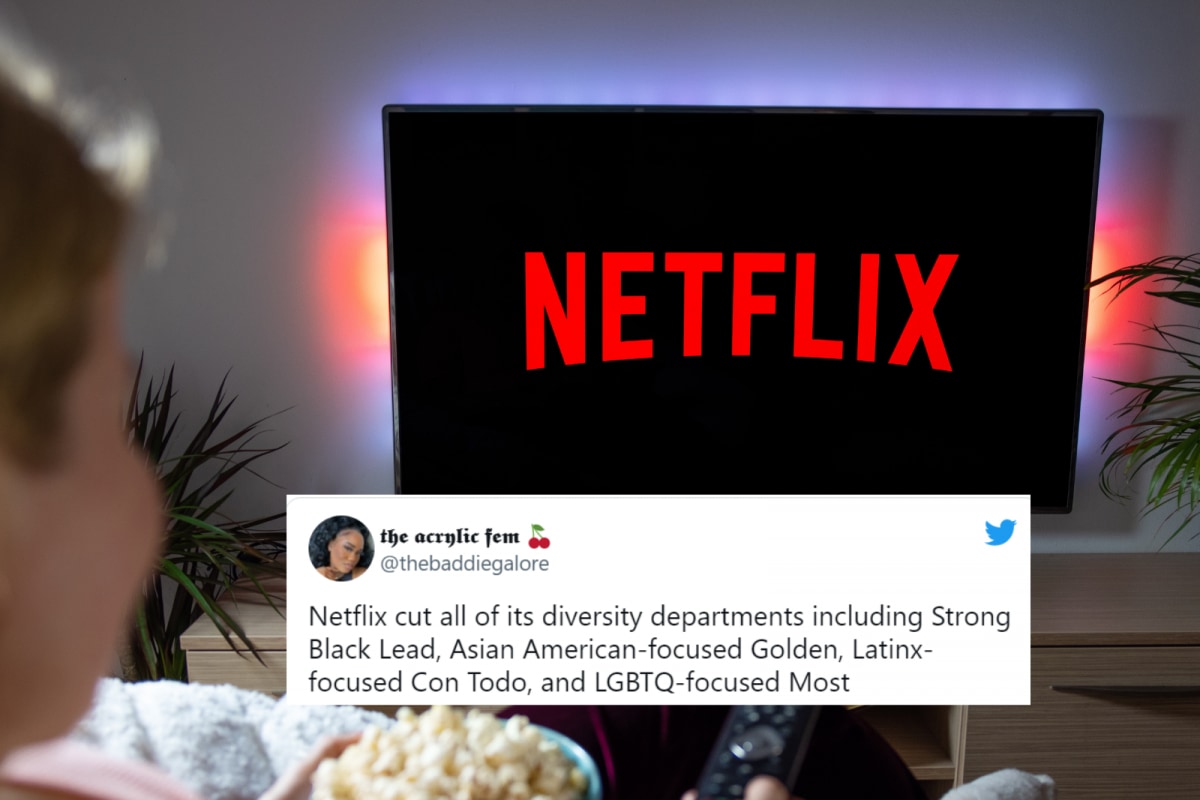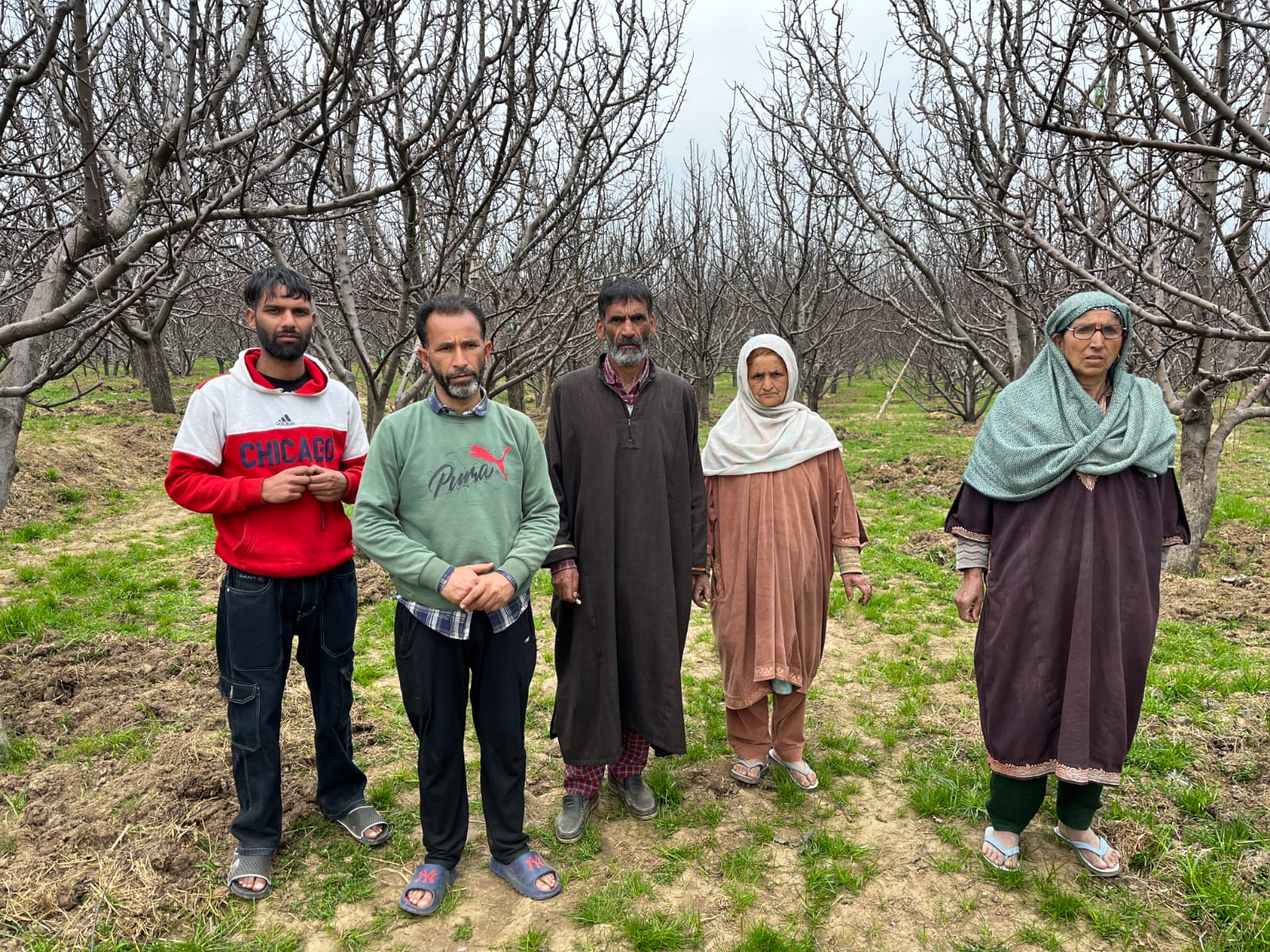In April, Netflix made headlines after losing a whopping 200,000 subscribers in the first quarter of this year. This certainly created a lot of buzz and shock in the entertainment industry. However, what was more appalling was the way a huge number of Netflix employees were sacked from the media giant following the fiasco. Among the 150 staff writers and employees that were made to let go from the company, most of them were women of colour, Asian, Latinx women and people from the LGBTQIA+ community. This cohort of BIPOC writers was hired to diversify their websites across various verticals. Tudum is one such website which was launched by Netflix in December 2021. Literally named after the sound that plays after the Netflix logo on the screen, Tudum was created as a fan event/ a fandom site, aiming to provide them with exclusive clips, trailers, additional content and guest star appearances from popular series and shows like ‘Stranger Things, ‘Bridgerton’, ‘Money Heist’, ‘The Umbrella Academy’ and many more.
Members of the LGBTQIA+ community and marginalised sections were hired across various platforms and verticals. Such as Black Strong Lead, whose team consisted of African-American people, Most, which is an LGBTQIA+ driven team, Con Todo consisting of LatinX people and Golden, an Asian-focused team. These teams presented a promising representation of diverse content.
Among the 150 staff writers and employees that were made to let go from the company, most of them were women of colour, Asian, Latinx women and people from the LGBTQIA+ community.
Those who were made redundant by the latest layoff decision were either people from the LGBTQIA+ community and/or people from other marginalised communities. What was disheartening to witness was the fashion in which they were let go. The mass layoffs, done hastily, affected the livelihoods of many of these writers as most of them took to Twitter to look for job opportunities. Widely acclaimed writer and podcaster Nicole Perkins tweeted, “Well. I just was laid off from a significant contract originally intended through August so I’m looking for stable work… and rent. I need rent.” Yes, you read that right. No prior notice was given to these individuals before firing them from their jobs. Such discriminatory workplace behaviour is unjust and unfair to the marginalised.

Token representation in corporate hiring
Hiring Black, Brown, Indigenous women and LGBTQIA+ community members have become mere tokenism in the name of inclusivity for a big corporate like Netflix. This is cowardly and immoral, to say the least. Time and again, performative marketing and pinkwashing during Pride Month, serve to remind us of the capitalistic benefit that brands and corporates earn through the exploitation and the manipulation of the LGBTQIA+ community. Celebrating them occasionally in the earmarked days of June is just a facade of woke culture. Their contribution and their well-being in such a corporate setup are extremely demeaning.
Most of the brands, labels and corporates that have been riding the bandwagon of performative representation, in actuality, fail to understand the basic rights of these individuals. Hence, they hardly make any constructive contributions to the pride movement.
Time and again, performative marketing and pinkwashing during Pride Month, serve to remind us of the capitalistic benefit that brands and corporates earn through the exploitation and the manipulation of the LGBTQIA+ community. Celebrating them occasionally in the earmarked days of June is just a facade of woke culture.
Racial minorities and women of colour are often at the receiving end of prejudice and discrimination in an inequitable workplace environment, more so than other employees. A company’s public gesture of support catering to the people from the underrepresented sections doesn’t necessarily transform into a positive workplace environment for these people. They continue to bear the brunt of repeated corporate misdemeanours.
Research about women in the workplace, released in 2020, has suggested that the lack of LGBTQIA+ representation in the workplace results in creating a negative environment for them where they feel isolated. They often become a victim of misconduct and harassment because of their gender and their orientation.
In this respect, the layoffs at Netflix are hypocritical and unethical. This is enraging for women from the Black, Asian, and Latinx community as well as for the Queer community. Media representation largely caters to the cishet society/audience and seldom to those who don’t fit the binary. It’s refreshing to see people in media representing the deprived, underprivileged and marginalised community. Such diverse people leading different teams of Netflix verticals were promising but soon turned out to be disappointing with their dismissal. One of the writers remarked, “In some ways, they were just buying clout to lend credibility to their gambit”. Their layoffs at Netflix are a testimony to the reality of their daily struggles.
Also read: Netflix’s Anne With An E: Loving Across Differences
Misrepresentation of the marginalised in Indian media.
The social reform movements in India have come a long way since the old days. However, age-old conventions and customs of the caste system are still prevalent in society. Caste and community-based atrocities against the Muslims, the Dalits, Adivasis and Shudras have become commonplace in public. Such heinous crimes committed by the upper castes are hardly publicised in the media.
There is a systemically denied, almost nil representation of the marginalised and the intersectional individuals in the Indian newsroom. According to a report by Oxfam India published in 2019, “Of the 121 newsroom leadership positions—editor-in-chief, managing editor, executive editor, bureau chief, input/output editor—across the newspapers, TV news channels, news websites, and magazines under study, 106 are occupied by journalists from the upper castes, and none by those belonging to the Scheduled Castes and the Scheduled Tribes…Three out of every four anchors of flagship debates are upper caste. Not one is Dalit, Adivasi, or OBC.” Hence, a huge disparity exists in mainstream media organisations mainly dominated by the dwija savarnas.
The same holds for LGBTQIA+ representation in Indian media. Pop culture is an intrinsic part of mass media. However, the giant media/ production houses make content that majorly caters to the cishet world because that is what sells to the public. In this regard, Bollywood is no exception. The queer community is grossly misrepresented in Hindi films. Bollywood’s portrayal of homosexuals on the big screen is full of stereotypes with little or no understanding of their identity. The term “gay”, often used as an insult, simply highlights the deep-rooted homophobia in society. Transgender characters in Indian cinema are either used as comic relief or are vilified, like in the film Laxmii (2020).
Hardly, we witness a story about a trans character on screen from the perspective of a transgender individual. The onscreen stereotypical portrayal transforms into real-life harassment for the marginalised. Lack of queer representation is also prevalent in behind the scenes of such content/filmmaking. However, in LGBTQIA+ media representation, where the story is coming from matters a lot.
Intersectional representation in media should be about making space for people from the underprivileged sections. Inclusivity and diversity cannot exist without extending them space to voice their opinion, express themselves and tell their own stories of hardships of navigating the cishet world. It is the true test of being an ally.
Also read: Why You Need To Be Watching Netflix’s Dear White People
Featured Image Source: National File





